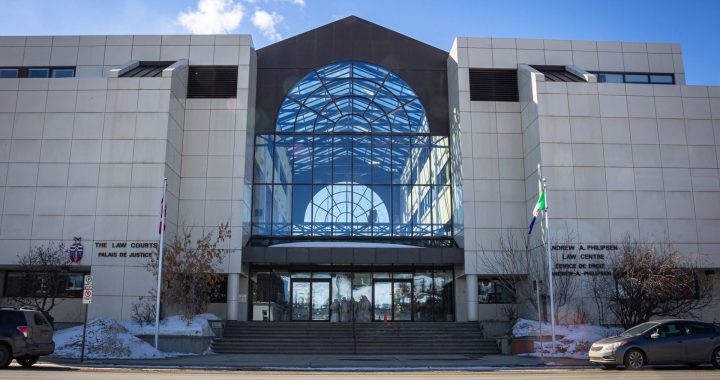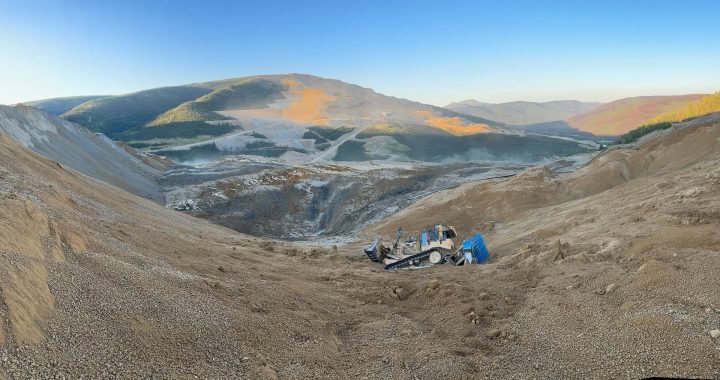By Rob Smith
APTN Investigates
At this time, five oil spills are ongoing at the Canadian Natural Resources Limited (CNRL) Primrose facility located near Cold Lake, Alberta.
To date, 1.5 million liters of bitumen has been mopped up from the surface. A small lake has been partially drained and it’s been reported that 200 animals, birds, amphibians, and mammals have perished.
It’s a relatively new type of industrial accident and what has Albertans scared is there is no way to stop or control the flow of bitumen from deep underground. And if anyone knows how it started, their lips are sealed. Three agencies are currently investigating. These include the federal Environment Ministry, the Alberta Environment Ministry and the Alberta Energy Regulator. Details aren’t being released until these investigations are done.
Eighty per cent of Alberta’s oil sands reserves is too deep underground to surface mine. To get at it, the resource companies must drill. The technology is called In-situ thermal recovery. Basically, steam is pumped down a wellbore, heating the bitumen so it flows like conventional oil back up to the surface. There are different methods. The type CNRL uses at this location is called High Pressure Cyclic Steam Stimulation (HP-CSS).
Speculation is that CNRL may have pushed the pressure too high, cracking the seal above the reservoir and allowing the bitumen to seep to the surface, possibly contaminating the groundwater that supplies the residents in the area.
This accident has some asking if it is safe to extract bitumen this way. It’s also put in the spotlight the issue of caprock integrity.
Caprock is the layer of earth over the reservoir. For thermal recovery to work properly, the earth must provide an impermeable seal to keep the pressurized steam in place. But if it cracks for some reason, the bitumen is forced to the surface by the highly pressurized steam.
Bob Curran, spokesperson for the Alberta Energy Regulator (AER), told APTN Investigates that thermal recovery is safe. However industry regulators appear to feel caprock integrity is something to be concerned about.
In 2006, French company Total had a blowout at their facility that left behind a 300-meter-wide crater. To better understand the issue of caprock integrity the Alberta Geological Survey, part of the AER, was tasked with studying it. The Oilsands Caprock Integrity Project (OCRIP) has been ongoing now for five years.
We approached the AER to see if OCRIP could shed any light on what’s happening at the CNRL spill. We were told the study did not include the Cold Lake region. The following is a part of the email exchange between APTN and the AER:
Why not study CSS impacts on cap rock integrity? The CNRL incident proves there are dangers, does it not?
It’s very important to note that the AER is currently undertaking a comprehensive investigation into the CNRL incidents. With the steaming restrictions in place, the risk of further incidents to occur prior to the conclusion of our investigation is very low. At present, we do not have a date for completion of the investigation. It’s also important to note that the CNRL Pad 74 incident has not been declared “over”.
How can you be certain CSS extraction is safe in the Cold Lake and Peace areas if studies don’t include the Peace and Cold Lake areas?
Although thermal extraction is relatively new in comparison to conventional oil and gas production, it has been utilized since the 1960’s in the Cold Lake area, with the first commercial project starting in 1985. The number of incidents in over the past 30 years demonstrates that the process is safe, overall.
Belief that this type of extraction is safe was the reason AER refused the call for a public inquiry to investigate the entire industry, which was demanded by First Nations and environmental groups.
Right now thousands of holes have been drilled in the earth to get at the 136 billion barrels of bitumen located hundreds of meters underground. The environmentalists’ concern was explained this way to APTN Investigates: If you drill two holes in a two-by-four, it remains pretty strong. But what happens to that same two-by-four if you drill 20 holes into it?
Right now, no one can say that what happened in the Cold Lake area won’t happen in other regions of the tar sands. The scientific evidence is not yet in.











